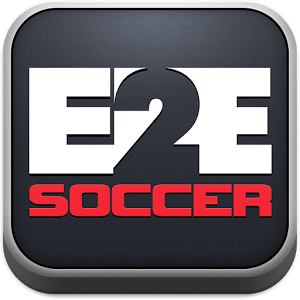Injury Prevention - Treatment and Concussion Protocol
ACL Injury Prevention
The ACL injury rate in females is at least twice that of male soccer players. Pre-season training programs and in-season warm up programs focusing on proprioception and neuromuscular conditioning has shown promising decreases in ACL injury rates for both male and female soccer players. Information regarding these programs is readily available online.
Recovery from Ankle Sprains
Initial care after sprains should consist of rest, ice, compression and elevation( R.I.C.E). Non –steroidal anti-inflammatories ( NSAIDS) may also be beneficial. A functional rehabilitation program incorporating early range of motion exercises has been shown to enhance recovery. Proprioception or balance training is instrumental in recovery as well as prevention of future sprains.
Head Injury Guidelines
When a player or players collide heads whether with each other or with an object, such as a goal post, play should be stopped immediately. The safety of the player or players involved is of prime concern. There is no higher priority.
Assessment
Perform a primary survey that the player’s airway, cervical spine, breathing and circulation are secure.
- Quickly assess the player’s mental state using AVPU Scale:
o A- Alert , V-Responds to Voice, P- Responds to Pain, U-Unresponsive - Assess pupil size, equality and reactivity
Protocol of Immediate Assessment
- If player I unresponsive or only responding non-purposefully to pain, then call 911 as player needs to be sent to the hospital.
- If player has any focal neurological signs, then call 911 as player needs to be sent to hospital.
- If none, proceed to secondary assessment
Secondary Assessment
Perform secondary assessment looking specifically at:
- Deformity, tenderness, or muscle spasm in neck or cervical spine
- Head-scalp bruising, facial fractures, cuts, swelling, tenderness, bruising behind ears, bleeding from ear drum, dental trauma, or soft tissue injuries in mouth, swelling or bleeding from nose, reflexes on motor skills, or any other injuries observed.
Gain as much information as possible regarding incident, specifically determine:
- Time, mechanism and circumstances of injury…. basically what happened
- Loss of consciousness
- Nausea and vomiting ( in this case , how many times player vomited )
- Other injuries sustained
Head Injury Protocol
All head injuries should be treated as a potential concussion and assessment should take place as soon as possible. Players should be taken off the practice or game field and should not return until assessed by a medical professional.
For further information on Concussions and Concussion Policy, please refer to the following:
- Soccer Canada as produced a Concussion Policy - https://www.canadasoccer.com/files/2018_Concussion_Policy_Digital_2.pdf
- Ontario Soccer has adopted the Concussion Policy from Soccer Canada - http://www.ontariosoccer.net/player/sports-medicine/concussions
Ontario Soccer has also posted some additional information on Concussions at the following links:

